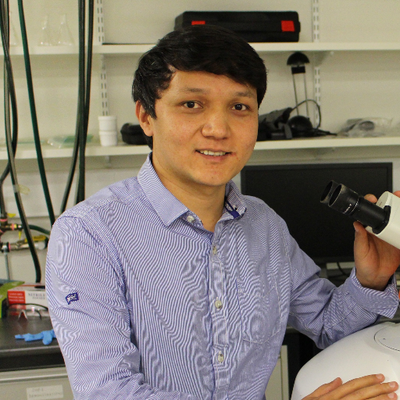Transferring the structure of paper for mechanically durable superhydrophobic surfaces’
Published:
Abstract: Solution-phase deposition of nanomaterials represents a highly promising technology with strong industrial application potential for the fabrication of superhydrophobic surfaces. An important barrier towards the adaptation of such materials and processes in a broad range of applications is the limited mechanical durability of the nanostructures. Herein, we present a universal solution to this challenge by benefiting from the unique micro-structure of paper. Our approach is based on transferring the structure of paper into a target material, to form a mechanical protection layer for nanomaterials that were deposited from solution-phase, i.e. spray-coating. We demonstrate this concept through the transfer of the structure of paper to a free-standing PDMS film using a simple molding process. Spraying a dispersion of alkyl-silane functionalized silica nanoparticles on the structured free-standing film results in a hierarchically structured superhydrophobic surface with a water contact angle of 175° ± 2° and a sliding angle <2° ± 1°. The fabricated superhydrophobic surface displays high levels of mechanical, chemical and thermal stability. The robust, inexpensive, scalable, flexible, and environmentally friendly nature of the presented approach may be a key enabler in superhydrophobic coating applications.
